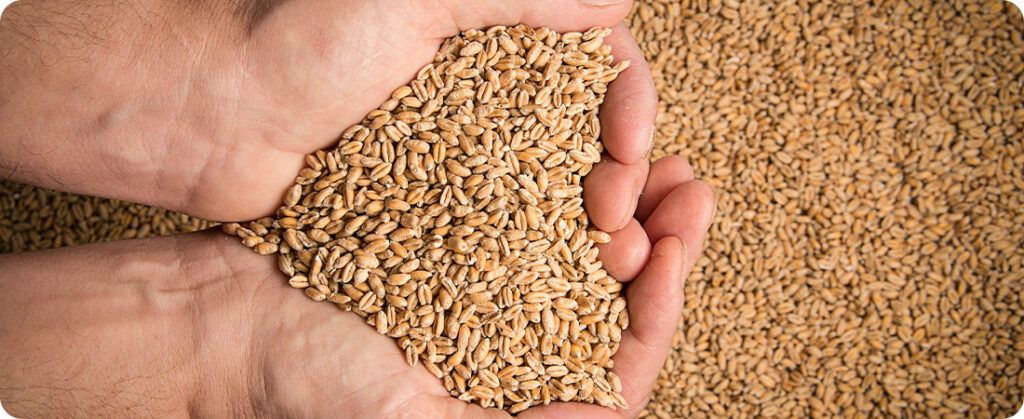
Total grain volumes transported by barge on the Mississippi River are nearly 30% below the five-year average due to low export sales and falling water levels, according to a United States Department of Agriculture (USDA) report released by World Grain.
Quantities of grain dropped totaled 18.1 million tons as of September 30, according to the USDA's October 5 Grain Transportation Report.
From the week ending July 8 to the week ending September 30, volumes totaled 3.9 million tonnes, 35% below the third quarter of last year and 53% below the previous five-year average.
Nearly 60% of US grain exports are transported by barge on the Mississippi River system. This system takes grain from the US Midwest to the Gulf region for export. The report notes that in June, two months earlier than last year, low water levels became a problem.
Barge shipments were hit by historically low water levels last year, which led to below-average annual grain volumes and record high freight rates, World Grain wrote.
Impact of the river on grain exports
The report indicates that since June, they have established stricter restrictions on draft and tow sizes in several sections of the river system.
According to the USDA, the most severe restrictions are on the Lower Mississippi and Ohio rivers in Cairo, Illinois.
The restrictions, however, require reductions of up to 32% in loading draft and reductions of 17% to 32% in trailer size.
Water levels in the Mississippi River in Memphis, Tennessee, were nearly 2 feet (0.6 m) lower than the previous year, the USDA reported.
Weekly grain volumes fell year-over-year in all but two weeks of the first quarter and in four weeks of the second quarter, the USDA added.
In volumes of corn, the biggest drop was observed, totaling 1.5 million tons in the third quarter (a reduction of 45% compared to 2022) and 9.1 million tons in the year to date (a reduction of 32% compared to last year) .
The volumes of soy and wheat, finally, transported by barges in the third quarter of 2023 to the Gulf also showed considerable drops. Soybean volumes totaled 1.8 million tonnes, a significant drop from 31%. Wheat volumes, at 522,000 tons, decreased by 15% compared to the previous year.
Spot freight rates increased, however, export sales were below average. Demand for barges kept rates unchanged until August, according to the report.
Trends and outlook for the fourth quarter
The third quarter average spot freight rate in St. Louis, Missouri reached US$ 15.92 per ton. This value represents an increase of 16% compared to the previous year. However, it is 9% lower than the average of the last five years.
The USDA forecasts an increase in grain shipments by barge in the fourth quarter. This will occur as the corn and soybean harvests advance.
“However, if low water conditions in the Mississippi River system continue, the lack of precipitation could lead to increased restrictions. This, in turn, would further reduce barge supply, which is already tight,” USDA said.
The growing demand for harvesting is on the rise. The supply of barges decreases. This could push spot rates closer to last year's record highs.
However, early preventative measures could help mitigate the conditions that created the record spot rates seen in 2022, the USDA added.
Source: Oils & Fats International












